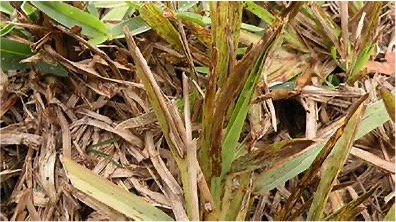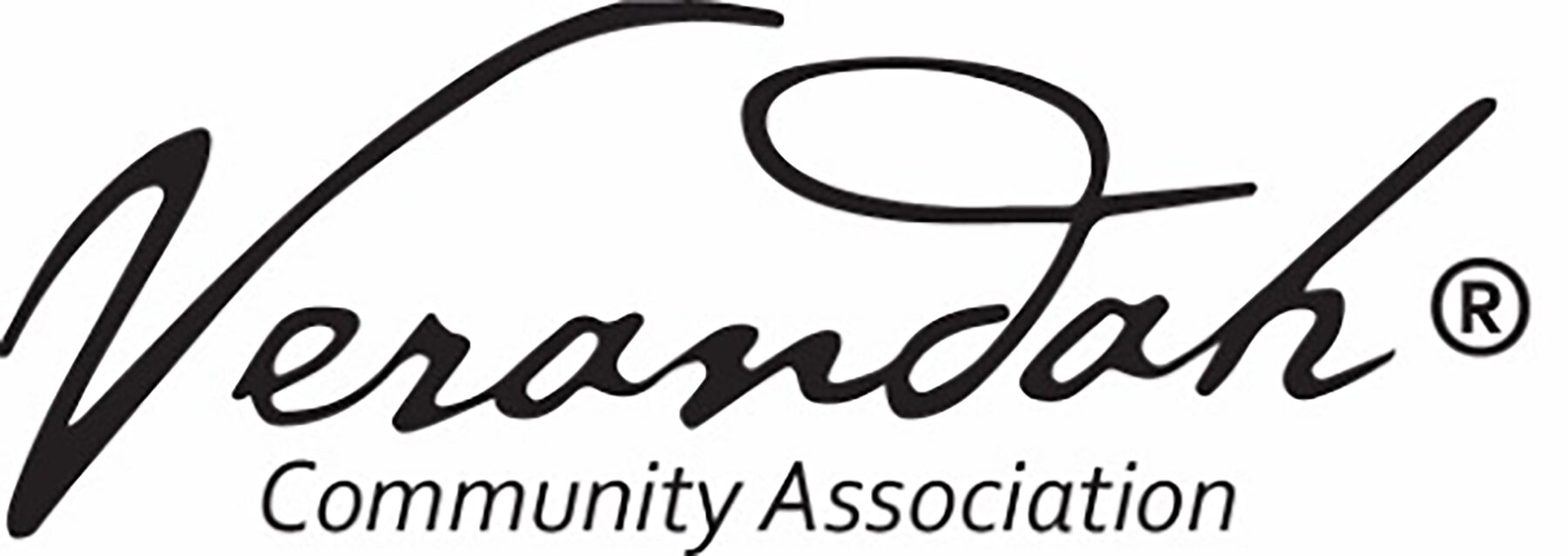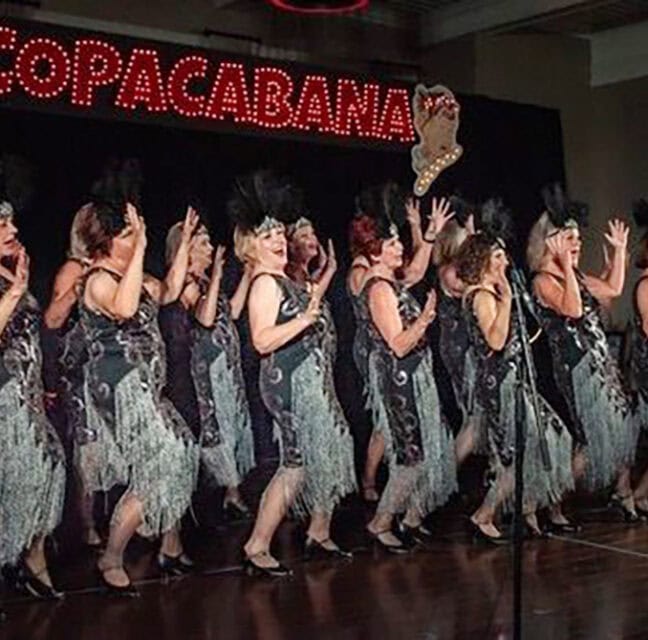
In the January 28th, 2025, meeting of the VCA Board of Directors, President John Sample announced that a turf disease called Sugarcane Mosaic Virus (SCMV) has been identified in three Verandah neighborhoods (Amblewind, Magnolia and Willow Bend). The Board has been working with the University of Florida and their turf experts to understand the disease, its impact, and to define next steps. Here is what we know:
• SCMV was first reported in 1960 and affected sugarcane and lawn turf in and around Florida’s sugarcane producing areas. In many cases, virus symptoms were mild and generally overlooked. In 2013, the virus surfaced in Pinellas County and again in Palm Beach County, exhibiting more aggressive and destructive symptoms in lawn turf. The virus has since traveled and is now present in Southwest Florida.
• SCMV affects certain types of St. Augustine grass. A highly susceptible variety is called Floratam. Much of the turf throughout Verandah is of the Floratam variety. An infection can lead to severe grass damage. In the worst cases, the disease progresses into its companion virus that kills the entire lawn (Lethal Viral Necrosis/LVN). Once symptoms become visible, the general timeline for disease progression is one to three years but cannot be accurately predicted.
The VCA Board has formed a working group to provide a proactive response to this challenging situation. The group is working with Dr. Phil Harmon, Turf and Blueberry Pathologist, University of Florida. In these initial neighborhoods, symptoms have been identified and turf samples tested positive for the virus. The VCA is in the process of taking and testing turf samples from other neighborhoods and Verandah’s common areas.
As more information becomes available and remediation planning develops, we will continue to share it with the Verandah Community. The following may answer some of your immediate questions:
Disease Spread
• Spread of the virus occurs without any obvious symptoms. • The virus is known to be spread by aphids. • The virus is also spread in the moist sap from freshly cut lawns on the wheels of mowers, blades, mower decks, and possibly line trimmers. Mowing wet turf enhances the spread. • The virus also can be (continued on page 23) spread on sod during the times of year when symptoms are mild and not obvious. However, no cases of infected sod farms have been reported to the University of Florida.
The VCA is working with all major landscape vendors servicing Verandah to establish best practices to minimize mower spread of the virus.
Symptoms to Watch For
• Early Signs: Yellow streaks or mosaic patterns on green grass blades. Lawn may appear stressed in the cooler winter weather and temporarily bounce back to a more normal appearance in the summer. • Progression: Brown patches develop as infected grass dies off, often mistaken for fungal diseases or pest damage. • Advanced Stage: Lawn dieback and weed growth, resulting from the companion virus (LVN) which ultimately kills the entire lawn. •Timeline for above is generally one to three years but cannot be accurately predicted.
Management
• Fungicides and other pesticides are ineffective and cannot stop development or spread of the virus. There are no known agronomic inputs that homeowners or lawn care companies can use to cure a lawn once it has become infected. The disease severity, which ranges from yellowing to death, will vary from lawn to lawn, by variety of grass, and by other environmental factors.
• Currently, the only known remedy is to replace infected Floratam turf with another variety of St. Augustine grass that has demonstrated greater resistance to the virus, like CitraBlue, or Palmetto. While these grasses may still contract the virus, they have proven resistant to developing the lethal necrotic aspects of the disease. Careful sourcing of replacement sod to ensure genetic purity is essential. Replacement with Floratam is not an option. Resident Involvement
• Be attentive to your lawn! Talk with your landscapers; make sure your lawn is receiving an appropriate amount of irrigation; not all brown spots need more water. Remember the spread is enhanced when mowing in wet turfs; cease irrigation at least 24 hours prior to your lawn being mowed. • If you contract individually for your landscape services, speak with your landscaper. Evaluate the hygiene practices utilized by your provider to sanitize equipment before it is used in your yard. The virus can be transmitted via mowing equipment from one yard to another. • This has the potential to be a significant cost to each homeowner and the HOA, in aggregate, for common areas. The rate of spread is dependent on many factors; please read updates as they are released and help slow the transmission.
Click these links for additional information: Phil Harmon: https://youtube.com/ watch?v=IJyDQwm1gho&si=_YovpQCk9a3Q0OTs Sod Solutions: https://sodsolutionspro.com/ citrablue-st-augustine-the-answer-to-lvn-at- valencia-palms/ UF Working Paper: https://www.vcalife.com/ documents/uf-sugarcane-mosaic-working- paper/





